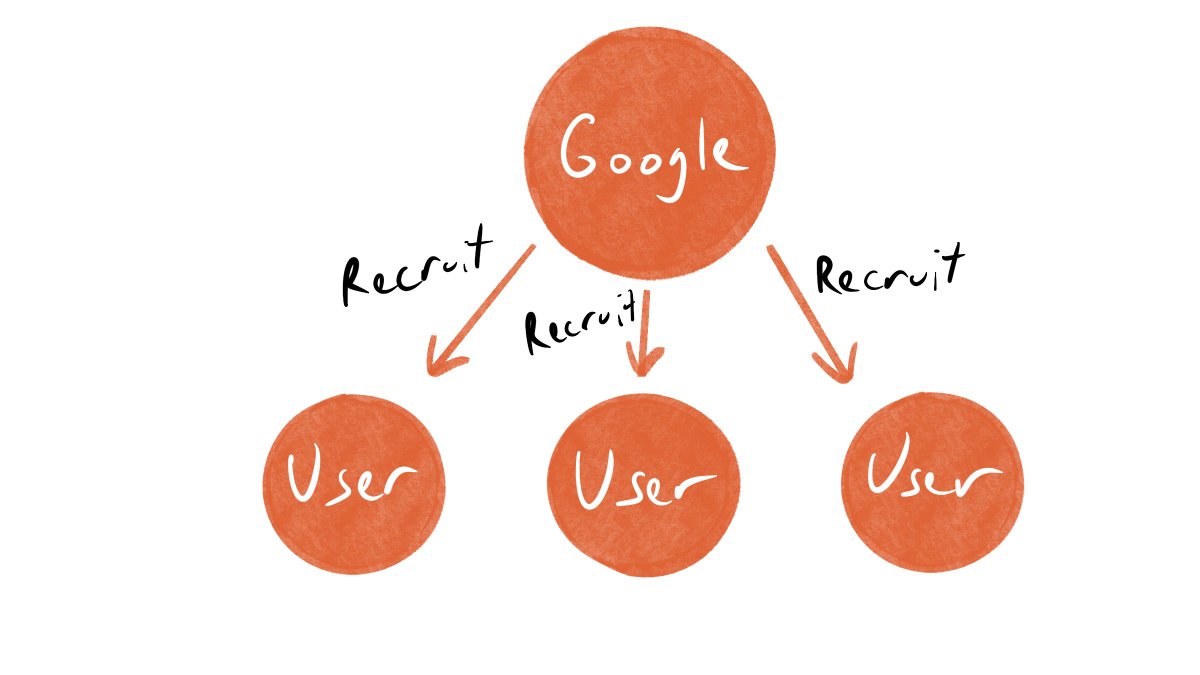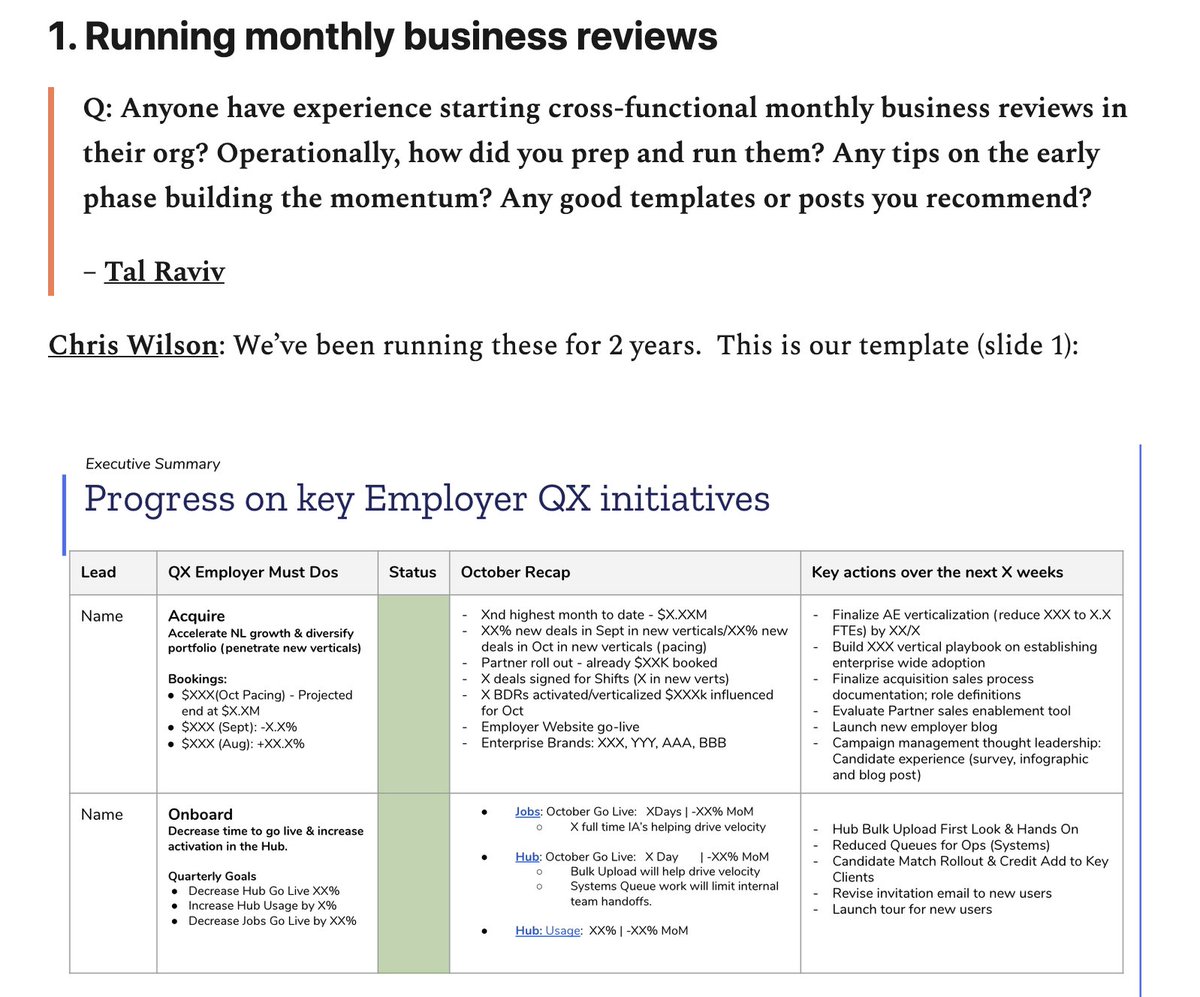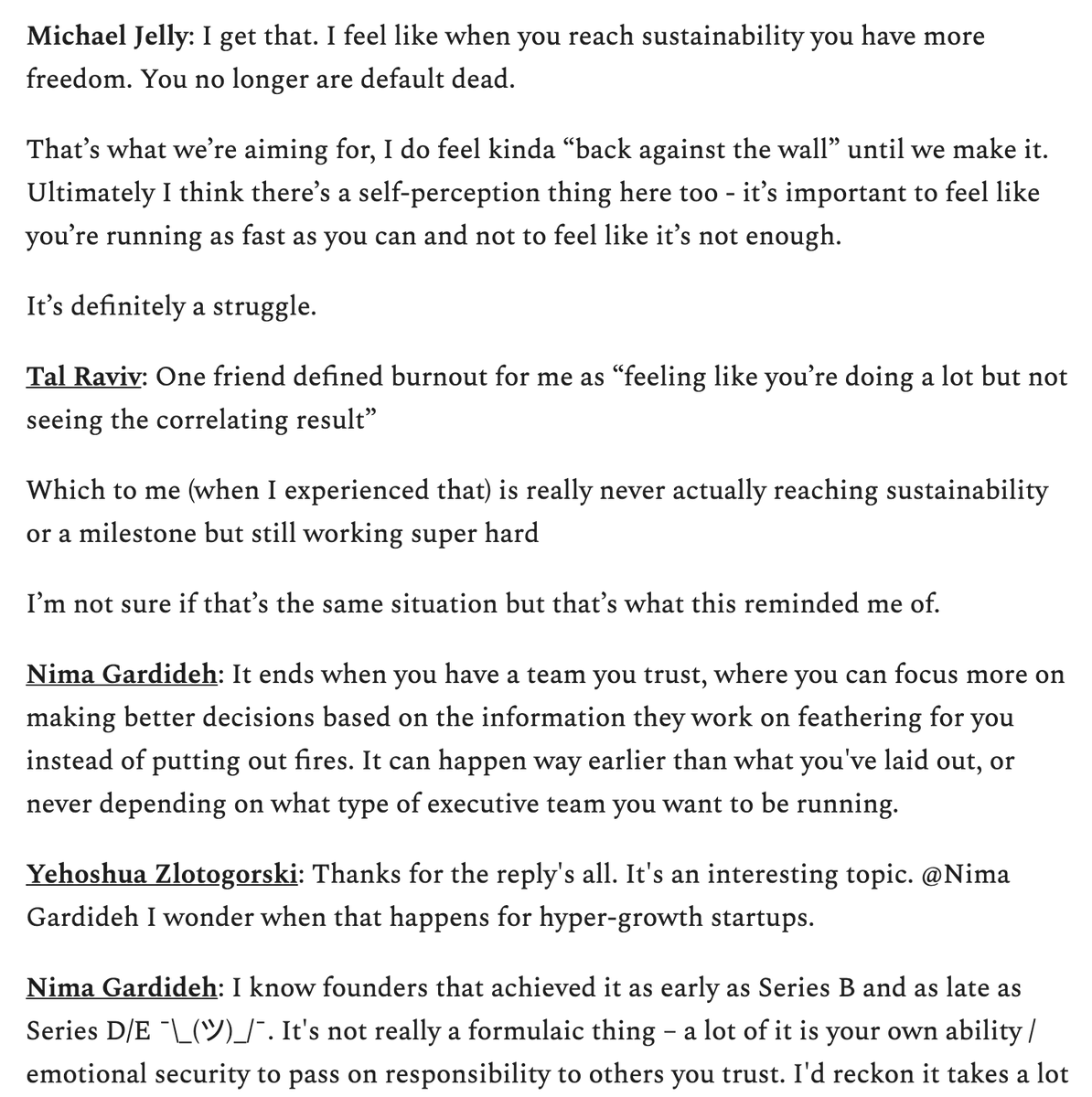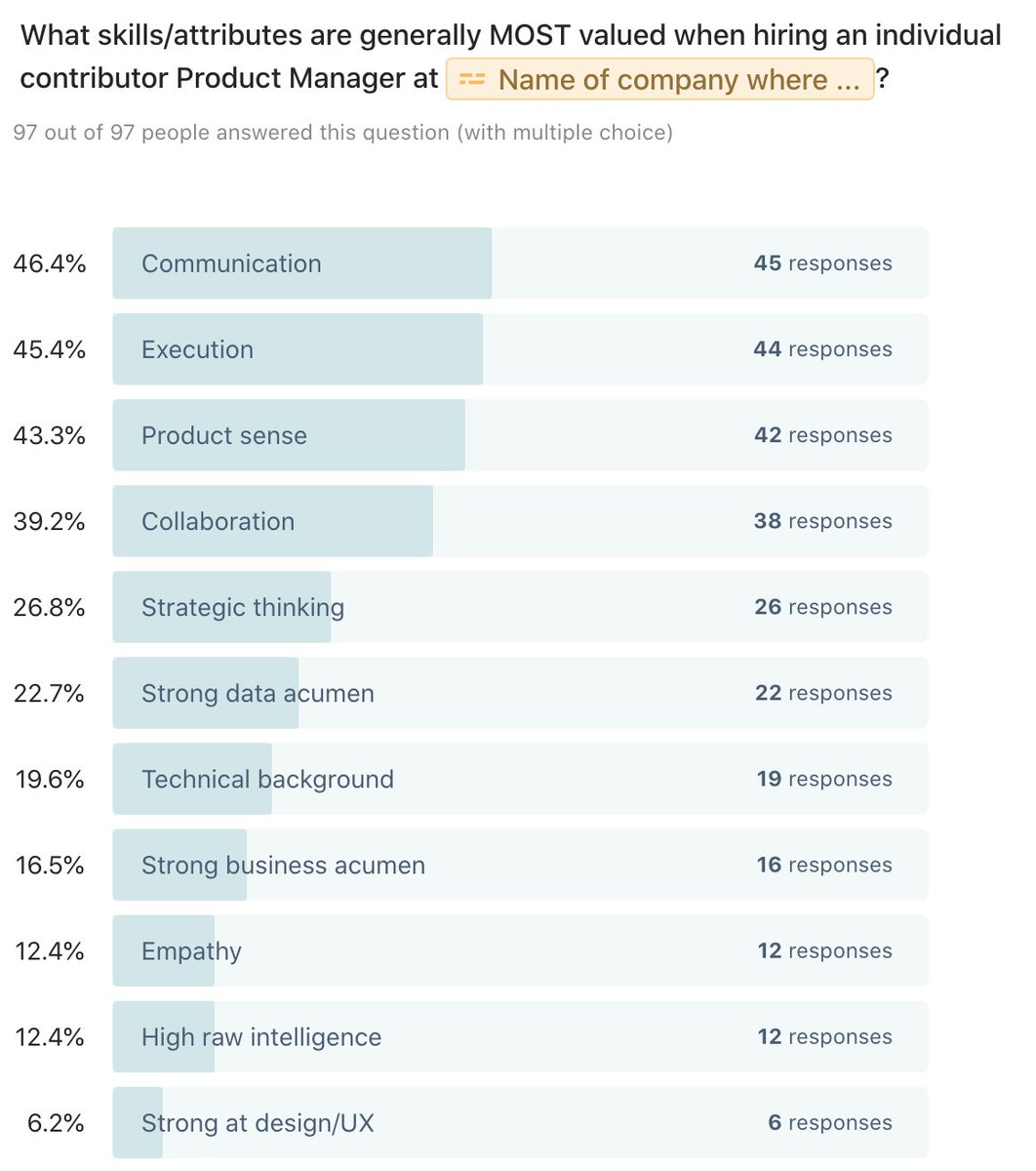
If you're building a B2B SaaS product, one of the biggest decisions you'll have to make is if/when/how to layer in a sales team.
Lucky you: @Kazanjy just dropped a 🔥 step-by-step guide to help you navigate this transition.
Summary in thread below 👇
lennyrachitsky.com/p/sales-bottom…
Lucky you: @Kazanjy just dropped a 🔥 step-by-step guide to help you navigate this transition.
Summary in thread below 👇
lennyrachitsky.com/p/sales-bottom…
2/ One of the most surprising takeaways from my own research into early B2B growth was that *100%* of the bottom-up B2B companies ended up layering on a sales team. It’s rarely a question of if — it’s more a question of when, and how.
3/ First of all, should I even start with a self-serve product?
Yes, if:
1. Is the product simple enough for self-serve?
2. Is this truly new and differentiated?
3. Can this co-exist with a (less good) incumbent in a given company’s stack?
4. Will you focus on small orgs?
Yes, if:
1. Is the product simple enough for self-serve?
2. Is this truly new and differentiated?
3. Can this co-exist with a (less good) incumbent in a given company’s stack?
4. Will you focus on small orgs?

4/ Should I ever involve salespeople?
There are 2 primary reasons to add salespeople to a self-serve motion:
1. To facilitate the penetration or expansion
2. To help raise conversion rates of your self-serve offer
Key Q: “will it help” and “will the juice be worth the squeeze”
There are 2 primary reasons to add salespeople to a self-serve motion:
1. To facilitate the penetration or expansion
2. To help raise conversion rates of your self-serve offer
Key Q: “will it help” and “will the juice be worth the squeeze”

5/ When should I add a salesperson to the mix?
First, make sure that you have a “Contact Us” or “Contact Sales” call to action on your home page. This is how you’ll start to see if you get inbound requests asking for help.
As you start seeing more of these come in, ...
First, make sure that you have a “Contact Us” or “Contact Sales” call to action on your home page. This is how you’ll start to see if you get inbound requests asking for help.
As you start seeing more of these come in, ...

5b/ maybe one or two a week, now’s probably the time to dedicate someone to handling those – a salesperson!
Once you have that person in seat, handling those inbound inquiries, they can also start going outbound (“warm outbound” versus pure cold outbound) into the customer base.
Once you have that person in seat, handling those inbound inquiries, they can also start going outbound (“warm outbound” versus pure cold outbound) into the customer base.
5c/ Having someone in seat is almost a 2-for-1: Inbound inquiries indicate that you need someone helping with commercial transactions, and their extra bandwidth (to start) can be used to proactively engage customers where your solution has an initial foothold.
6/ How do I set myself up for success during the transition?
First, figure out if the initial focus of this salesperson will be:
1. “Scooping up” pods of successfully activated customers in large organizations and facilitating expansion, OR
2. Helping with the conversion
First, figure out if the initial focus of this salesperson will be:
1. “Scooping up” pods of successfully activated customers in large organizations and facilitating expansion, OR
2. Helping with the conversion

6b/ First, do it yourself
As a foremost expert in the problem space you’re addressing, you’re best positioned to have the first few dozen of these sales conversations.
As a foremost expert in the problem space you’re addressing, you’re best positioned to have the first few dozen of these sales conversations.
6c/ Second, provide data insights for sales
If you’re focusing on “scooping up pods” and expanding into orgs, then analytics or alerting that notifies you, proactively, to the fact that a larger organization has multiple successful instances of your offering deployed will be key.
If you’re focusing on “scooping up pods” and expanding into orgs, then analytics or alerting that notifies you, proactively, to the fact that a larger organization has multiple successful instances of your offering deployed will be key.

7/ Common pitfalls to avoid when layering in sales:
1. Having someone else do sales
2. Not starting
3. Going top-down
4. Not allocating product resources
1. Having someone else do sales
2. Not starting
3. Going top-down
4. Not allocating product resources
8/ That was just a taste. Don't miss the full post courtesy of the one and only @Kazanjy
lennyrachitsky.com/p/sales-bottom…
lennyrachitsky.com/p/sales-bottom…
• • •
Missing some Tweet in this thread? You can try to
force a refresh













